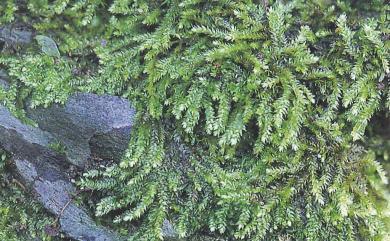Ectropothecium drepanophyllum Broth. Moss: Ecology, Distribution, and Unique Adaptations
Affiliate Disclaimer: As an affiliate, we may earn a small commission when you make a purchase from any of the links on this page at no additional cost to you!

9-Ectropothecium-sodale-Sull-Mitt-1-plant-2-portion-of-plant-3-cross_Q320.jpg from: https://www.researchgate.net/figure/9-Ectropothecium-sodale-Sull-Mitt-1-plant-2-portion-of-plant-3-cross_fig1_335110489

49d7ca4dfcc933bc051454b55dcadd6a.jpg from: https://taieol.tw/pages/8739
Exploring the Fascinating World of Ectropothecium drepanophyllum Broth. Moss
Introduction
Mosses are often overlooked, but they play crucial roles in ecosystems around the world. One particularly interesting species is Ectropothecium drepanophyllum Broth., a moss in the Hypnaceae family. In this blog post, we’ll dive into the details of this fascinating plant.
Background
Ectropothecium drepanophyllum is a species of moss, which are non-vascular plants in the division Bryophyta. Mosses lack true roots, stems, and leaves, instead having structures that serve similar functions. They reproduce via spores rather than seeds and are found in a wide range of habitats worldwide.
Morphology and Identification
E. drepanophyllum has several distinct morphological features:
- Pleurocarpous growth form (grows horizontally)
- Pinnately branched stems
- Falcate-secund leaves (curved and pointing in one direction)
- Single, smooth costa (midrib) extending 1/2 to 2/3 up the leaf
- Rhombic to linear-lanceolate leaf cells
These traits help distinguish it from similar species in the Hypnaceae family. Capsules are rare but cylindrical and curved when present.
Global Distribution and Habitat
This species has a wide distribution, found in tropical and subtropical regions of Asia, Africa, Australia, and the Pacific. It grows on various substrates including soil, rocks, tree trunks and logs in moist forests from lowlands to mountains. The ability to colonize different surfaces allows it to thrive in many environments.
Ecological Roles and Adaptations
As with other mosses, E. drepanophyllum plays important roles in its habitats:
- Helps retain moisture and prevent erosion
- Provides shelter and food for micro-organisms and invertebrates
- Contributes to nutrient cycling and soil formation
- Serves as bioindicator of air and water quality
Adaptations like desiccation tolerance allow it to survive periodic drying in its environment. The single costa and dense growth form also aid in water retention.
| Characteristic | Description |
|---|---|
| Division | Bryophyta |
| Class | Bryopsida |
| Order | Hypnales |
| Family | Hypnaceae |
| Genus | Ectropothecium |
| Species | E. drepanophyllum |
Conclusion
Ectropothecium drepanophyllum is a prime example of how even tiny mosses can be captivating when you take a closer look. Its global distribution, varied habitats, and ecological importance showcase how much biodiversity and complexity exist in the world of bryophytes. Next time you see some moss, take a moment to appreciate these small but mighty plants! What other secrets of the moss world remain to be uncovered?
